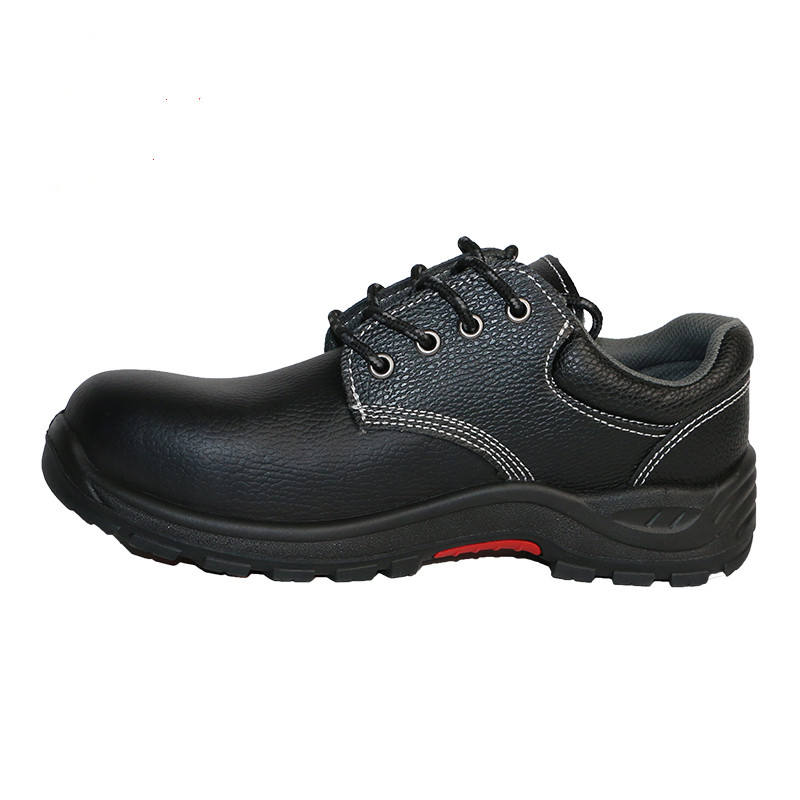Industrial Safety Clothing | Durable, Certified, Custom Fit
Field Notes on Modern Foot Protection: Anti-collision Shoes in Real Work
If you’re rethinking your safety clothing lineup, the current wave of S3-rated anti-collision shoes deserves a closer look. I’ve toured enough job sites to see the difference: fewer toe injuries, better grip on slick ramps, and—surprisingly—less end-of-shift fatigue.

What’s new (and useful) in 2025
Trends? More composite midsoles, better slip-resistance compounds, and audit-friendly documentation. However, steel toe caps still dominate heavy industry because they’re predictable under impact. This S3 CE steel-toe model from Hengshui, Hebei—26 YongPing Road, Northern Industrial Base—leans traditional where it counts, with some modern refinements where it helps.
Technical snapshot
| Specification | Details (real-world use may vary) |
|---|---|
| Standard/Rating | EN ISO 20345 S3, CE-marked; SRC slip resistance; optional ESD |
| Toe Protection | Steel toe cap, 200 J impact, 15 kN compression |
| Upper | Cow leather, water-penetration resistant (S3) |
| Midsole | Anti-penetration (≈1100 N), steel or textile variant |
| Outsole | PU/PU or rubber; oil/slip resistant (SRC) |
| Weight | ≈620 g/shoe (EU 42) |
| Sizes | EU 36–47; wider last optional |
| Certs/Docs | CE, DoC per PPE Regulation (EU) 2016/425; lab report on request |

Process flow and testing (the unglamorous stuff that matters)
- Materials: full-grain cow leather; dual-density PU or rubber outsole; steel toe; anti-penetration midsole (steel or aramid textile).
- Methods: upper cutting, computer-stitched vamp, lasting, injection molding (PU) or vulcanization (rubber), final trimming.
- Testing: toe impact 200 J; puncture ≥1100 N; slip SRC on ceramic + detergent and steel + glycerol. A recent batch showed heel slip coefficient ≈0.35 (threshold 0.28).
- Service life: around 12–24 months in construction/logistics; harsher solvents and hot asphalt reduce this—no surprises.
- Industries: construction, logistics/warehousing, utilities, automotive, light oil & gas, municipal works.
Use cases? Wet loading docks, ladder rungs, metal chips on machine-shop floors. Many customers say the break-in is shorter than expected; I’d still suggest decent socks and a week of alternating wear.

Advantages, briefly
Solid toe protection, dependable puncture resistance, and SRC grip. The leather upper holds shape, which—honestly—helps when you’re kneeling and scuffing all day. For safety clothing programs, the paper trail (CE, DoC, lab data) checks the compliance boxes without drama.
Vendor comparison (field-purchase take)
| Vendor | Strengths | Lead Time | MOQs/Customization |
|---|---|---|---|
| Hengshui Manufacturer (origin: 26 YongPing Rd) | Factory-direct pricing; CE files ready; consistent SRC | ≈20–35 days | Logos, colors, ESD, textile midsole; MOQ around 300–600 |
| Generic Importer | Stock on hand; mixed brands | Immediate–14 days | Limited; paperwork varies |
| Boutique EU Brand | Great ergonomics; strong audit support | 30–60 days | Broad options; higher price |
Customization and program fit
For safety clothing rollouts, choose steel vs. textile midsole based on risk of sharp rebar vs. lightweight preference. Options include ESD, metatarsal guards, reflective piping, and wider lasts. Branding is straightforward—heat-transfer or emboss.

Mini case notes
- Logistics hub, Hebei: switch to S3 SRC reduced slip incidents by ≈23% over 6 months (warehouse H&S log, anecdotal but consistent).
- Automotive supplier, coastal city: textile midsole variant cut worker fatigue complaints, while toe-injury claims stayed at zero for two quarters.
Bottom line: as part of your safety clothing spec, these anti-collision shoes tick the compliance boxes and—more importantly—behave well on gritty floors and rainy docks. That’s what counts after 10 hours on your feet.
Authoritative sources
- EN ISO 20345:2022 Personal protective equipment — Safety footwear.
- PPE Regulation (EU) 2016/425 — Official Journal of the European Union.
- ASTM F2413-18 Standard Specification for Performance Requirements for Protective (Safety) Toe Cap Footwear.
- OSHA 1910.136 — Foot Protection.
-
Essential Guide to Safety Helmets for the Oil and Gas Industry
NewsNov.24,2025
-
Essential Guide to Safety Helmet for Baby – Protect Little Explorers with Confidence
NewsNov.24,2025
-
Comprehensive Guide to Safety Helmet Factory – Global Insights & Innovations
NewsNov.23,2025
-
Rockman Safety Helmet: Ultimate Industrial Head Protection Guide
NewsNov.23,2025
-
Race Safety Helmet – Essential Protection for Motorsport Champions
NewsNov.22,2025
-
Offshore Safety Helmet Guide: Protecting Workers in Harsh Marine Environments
NewsNov.22,2025
